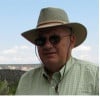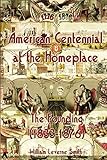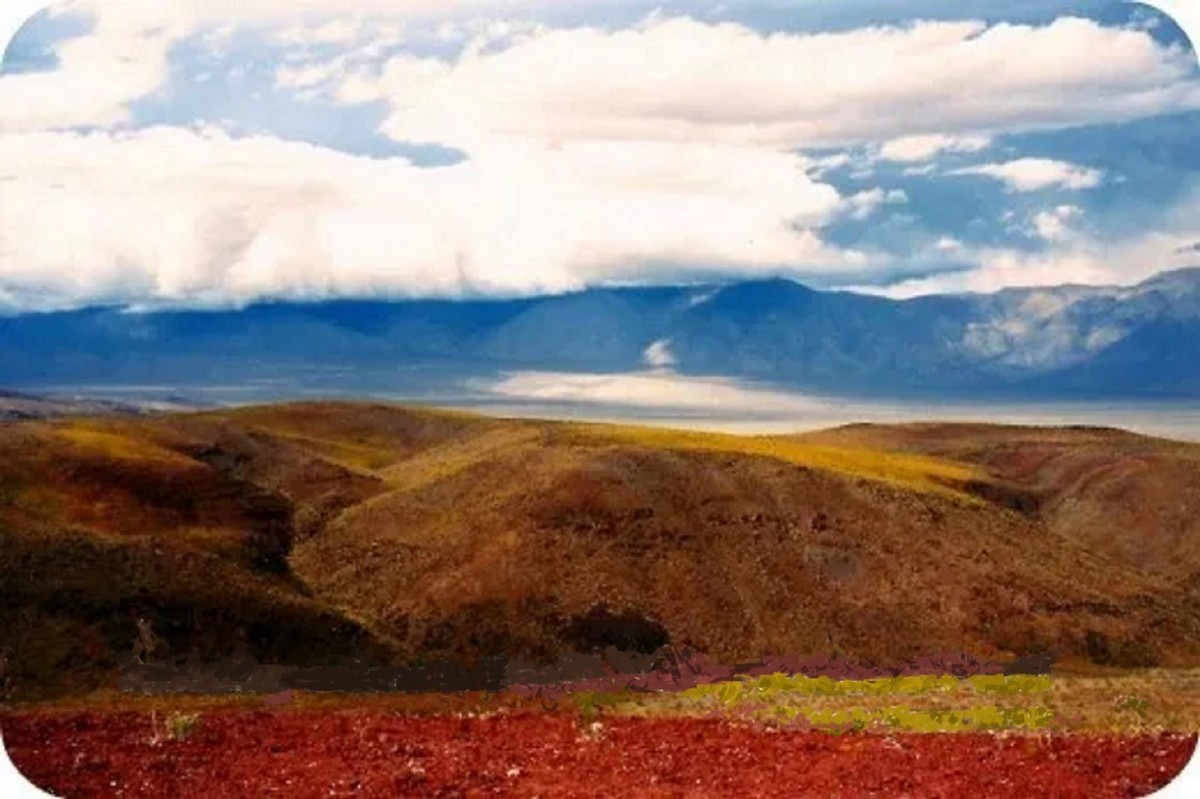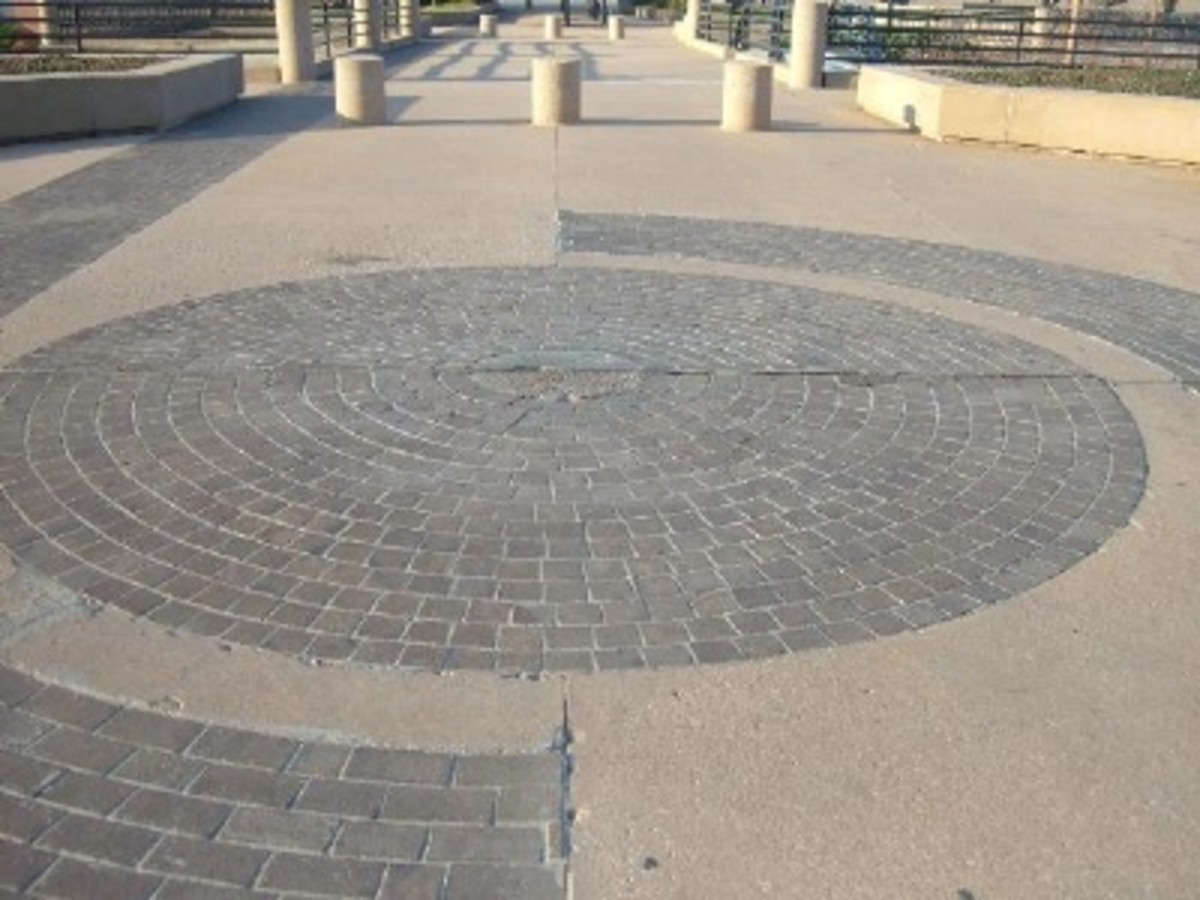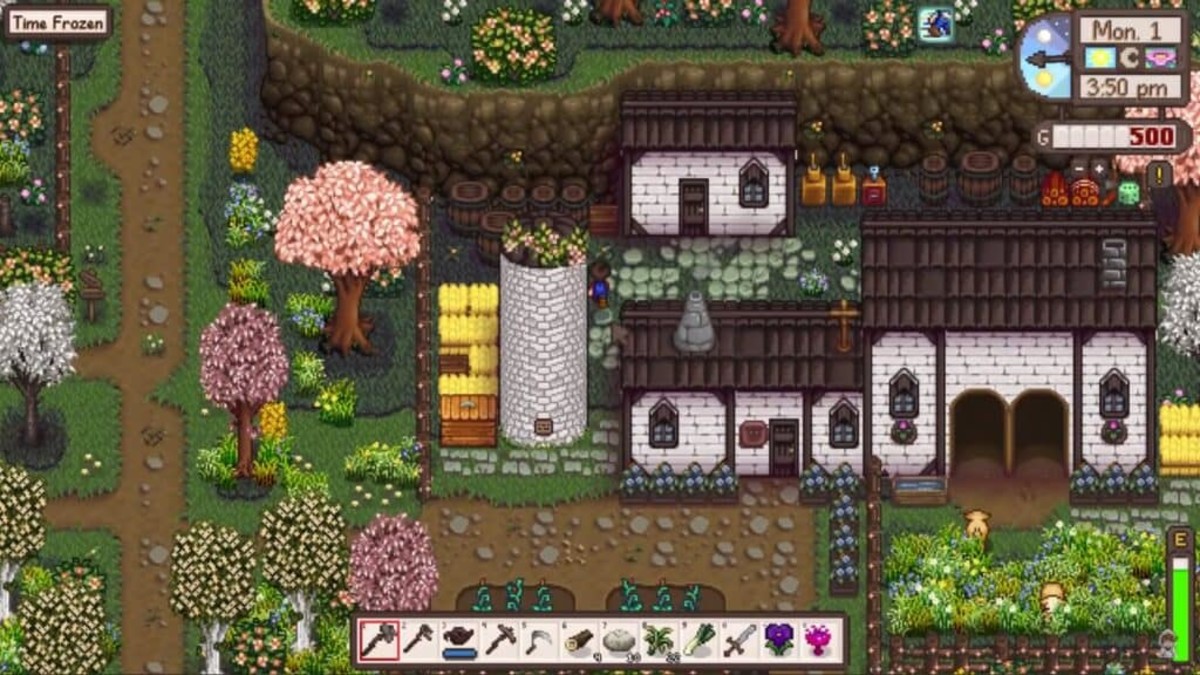Jake Patton Memoirs - JP4 - Jake Began His Work in the Oak Creek Valley
They first broke the soil with a team of oxen and a plow
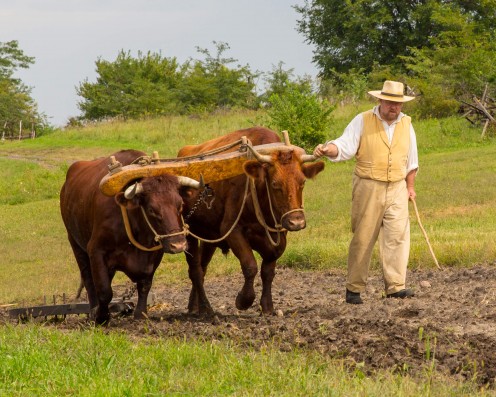
Jake Worked, Watched, and Coordinated
Upon arriving in what we were all now calling the Oak Creek Valley, our new home, we each had our part of our plans to carry out. Each of us looked out for our own, and our families affairs, as we also worked as a part of the overall community team members to meet the goals we had mutually set. Getting a community garden plowed and planted was a critical first step since we were already in late spring. Getting the first ten-acre farming plots cleared and plowed for each of the four locations was a priority, as well. Everyone had their individual and family priorities to work in concert with those activities. I was very pleased that every single person in the community continued to work those priorities, just as we had planned, and just as they had been carried out on the trek over here to our new Homeplace.
We were each anxious to get our cabins built, of course, but we knew that these would wait a bit, in time, and be built as the summer progressed. The planting took priority, for example. One other job that needed to be done early on, was the survey work to firmly establish the boundaries of various properties and to get them recorded at the land office to make our ownership official. I was probably more concerned about that then most, but that is just the way I am. I like to get the ‘i’s’ dotted and ’t’s’ crossed. Being legal and proper up front saves much agony and grief down the road. Robert was the official surveyor, so I had to work closely with him to get that accomplished. During the planning process, I had volunteered to be his chief assistant, along with his young son, David. We knew what had to be done, it was just a matter of working out the time we could each allocate to actually doing it.
On our earlier trips into the valley, Robert (and I) had located and identified the official State Surveyor stakes that had been placed a few years earlier when the counties and township boundaries had been surveyed. We had also assured that his certification for making our surveys would be accepted. Now, it was a matter of actually doing the work of marking off the appropriate sets of property of interest. He would then draw the official maps that would be taken to the Land Office in Van Buren to complete the land sales. In the process, of course, we would be laying the groundwork for other surveys in the future.
Jack Located along the Medium-Sized Central Creek
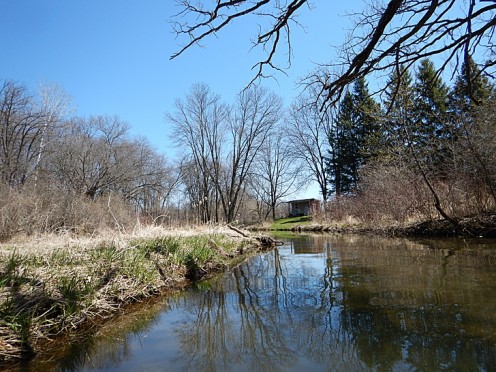
Jake Reflected On His Own New Family Land Situation
Looking back now, I am very happy that Kate and I split our original land purchase between the east valley and the central valley. The east valley location helped Hugh and Victoria get their roots firmly established there and satisfied his early need to be a farmer. Looking ahead, even back then, I expected future growth in the valley to extend across the whole valley. I wanted to locate near the center to help foster that growth, and benefit from it, if truth be told. That desire has more than been fulfilled.
For our other two quarter sections, then, Kate and I chose to go a mile west of the southwest corner of our first properties and a half mile south to stake out a 320-acre parcel that included Center Creek, as we soon came to call it, diagonally bisecting the western half of this parcel. The western two-thirds of the property was wooded along the creek, and had an additional small, but significant, spring of its own on the north edge, feeding southwest into Center Creek. This 320-acre parcel still had nearly 100 acres of pasture or tillable land in the eastern portion. I believed the area where the small spring fed into the creek would be an ideal location for my blacksmith and gunsmith operation. Eventually, Kate and I hoped to open a general store there, as well; but, that was barely in the dream stage, at that point.
Incidentally, that survey line that I helped Robert complete, along the south edge of the McDonald and our eastern properties, extended west to help locate our central properties; that eventually became of the center line of the “Houston Road.” The Houston Road ran through the heart of the eventual township, east to west, connecting all three portions. It played a large role in the successful growth of the valley, drawing all parts together.
Getting the Blacksmith Shop Up and Working Was a Priority
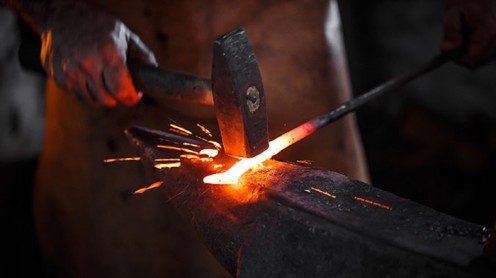
Getting the Plantings Started
Henry and Harry McDonald had taken the lead with the oxen and the iron plow that I brought over to plow the community garden plot, and the first ten-acre planting plots at each of the four homestead sites. Each family located their plot and did the initial clearing so that Henry and Harry could come in with the plow and break that first soil carefully, without breaking the plow share on big rocks. Smaller rocks that were turned up, and there were many, were eventually gathered by each family for various uses. We, for example, moved them to a selected spot on the nearby stream to created a temporary ‘spring house’ to keep milk and other products gathered at an even, cool temperature.
At the community garden, Kate and Victoria contributed by doing the first pass at breaking up the clods left after ‘harrowing’ with the make-shift harrow we had created from tree branches for the first pass after plowing. They then did the same on our first ten-acre plot at ‘our place.’ The three of us, with some help from Hugh, finished the planting together for that first crop. In turn, we all went over to Hugh’s location to help him plant his first ten-acre plot as well. Cooperation was our watchword, and we applied it every chance we had.
I took some time most early mornings and evenings to begin to lay out and prepare my blacksmithing tools and facilities. I knew they would be needed, both early and probably often. I was not wrong in that assumption. Fortunately, I did not have to repair the plow share in that first round of ten-acre plots. That was a minor miracle in itself. However, by the time I was needed early in the second round, I was prepared, at least, to make the minor repair needed. It was very satisfying to be able to do that. It also kept me working hard to move ahead with having my full services available to the community as soon as possible.
From the Author
This series of stories, JPx, is part of a first draft of what I hope and assume becomes a published novel in support of “The Homeplace Saga” series of family saga, historical fiction stories. It features the self-told story of one of the original settlers of the Oak Creek Valley, Colonel Jake Patton. Some, including him, would say he was the leader of the group. He had a very big ego, that is for sure, but he always tried to make it look like what he was doing was for the benefit of the community. And, of course, it was. But, there was always something in it for him, as well. He managed to grow the inheritance he was fortunate to receive from his father into something that left a nice trust fund for his descendants. We’ve already seen some of these stories, earlier, in the Saga tales. Come along, and let’s see how Colonel Patton tells his own story… [Note, for example, that he doesn’t detail ‘the trek’ - he was there, but it was not a big deal to him… the planning was, but the not the trek itself.]
Note: I will publish JPx hubs, from time to time. I will write occasional notes at Patreon about Jake Patton. I may write other things elsewhere. These are each a part of the creative process to create the true first draft of a novel. You, my readers, can take part in this effort at www dot patreon dot com slash HomeplaceSagas. Join us there Today.
This is "The Homeplace Saga" series of family-related, historical fiction stories
- "The Homeplace Saga" Blog
The home blog for "The Homeplace Saga" series of historical fiction family saga stories set in the southern Missouri Ozarks. All updates of the series are mentioned on the blog, regardless of platform.
